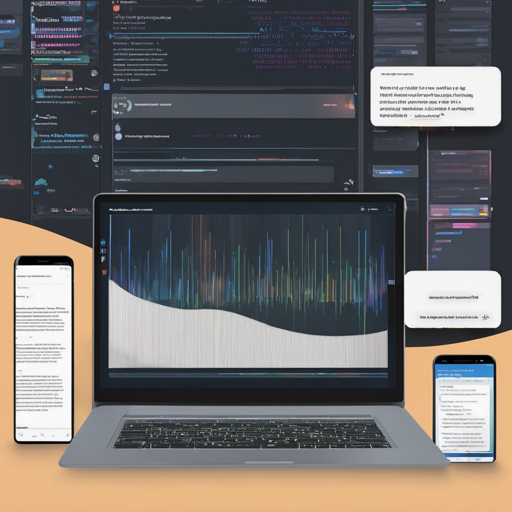Welcome to this detailed guide on how to efficiently transcribe audio files using the MLX-Whisper library. Whether you’re a researcher, a student, or just someone seeking to convert audio content into written text, the MLX-Whisper library allows for easy implementation of this process. Let’s dive right in!
Step 1: Install the MLX-Whisper Library
Before you begin transcribing audio, you need to install the necessary library. You can do this using pip, Python’s package installer. Open your command line interface and run the following command:
bash
pip install mlx-whisper
Step 2: Import the MLX-Whisper Library
After successfully installing the library, the next step is to import it into your Python script. This step is similar to inviting a special tool into your toolbox. Here’s how you can do it:
python
import mlx_whisper
Step 3: Transcribe Your Audio File
Now that you have MLX-Whisper imported, it’s time to transcribe your audio file. You essentially need to specify the path to your audio file and the model you want to use for transcription. This can be likened to selecting the right lens through which to view a scene for the best clarity. Below is the code snippet:
python
result = mlx_whisper.transcribe(
speech_file,
path_or_hf_repo="mlx-community/whisper-large-v3-mlx"
)
Understanding the Code: An Analogy
Let’s break down the transcription code for better understanding. Imagine you are making a delicious pizza:
- The speech_file is your base – the foundation of your pizza.
- The path_or_hf_repo is the choice of toppings – in this case, you are selecting the “whisper-large-v3-mlx” model to enhance your creation.
- The result is your finished pizza – the output you’ll enjoy once it’s all done!
With this simple setup, you can convert your audio into written form!
Troubleshooting Common Issues
Even with a straightforward setup, you may encounter a few issues. Here are some troubleshooting ideas:
- Installation Errors: If you face issues during installation, ensure your Python environment is set up correctly. Check for compatibility issues with your current Python version.
- File Not Found: If the audio file path is incorrect or the file is missing, you will not be able to transcribe. Double-check your file paths.
- Model Issues: Ensure that you spell the model name correctly and that it’s available for use. If you receive errors related to the model, consider trying a different version or confirming its availability.
For more insights, updates, or to collaborate on AI development projects, stay connected with fxis.ai.
Conclusion
Transcribing audio using MLX-Whisper is a highly functional and user-friendly process. By following these steps, you can efficiently convert your audio recordings into textual form.
At fxis.ai, we believe that such advancements are crucial for the future of AI, as they enable more comprehensive and effective solutions. Our team is continually exploring new methodologies to push the envelope in artificial intelligence, ensuring that our clients benefit from the latest technological innovations.

